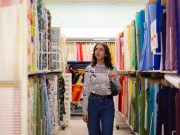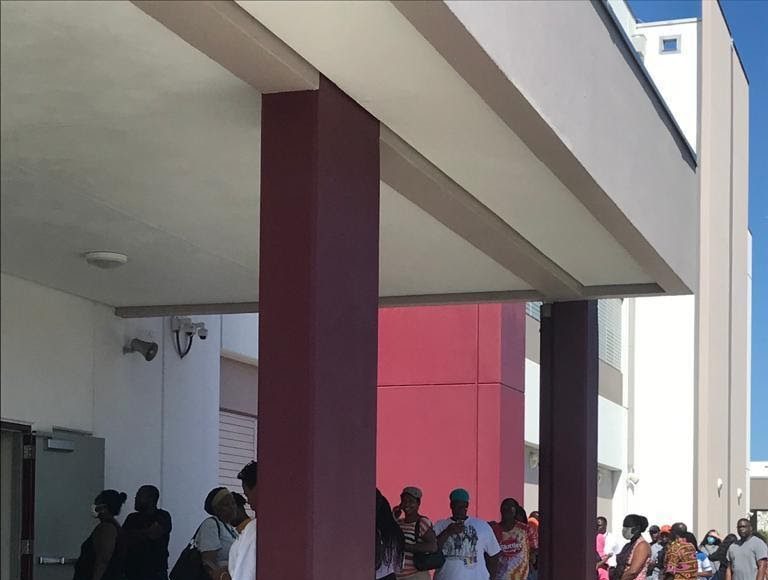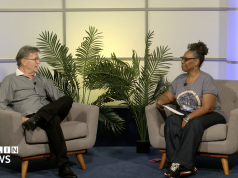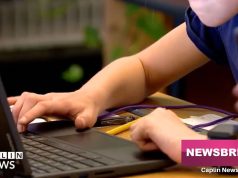In late March, dozens of families filled the sidewalk of Miami Norland Senior High School in Miami Gardens. They were waiting to receive laptops.
Once the school opened to hand out devices, families attempted to pour into the school’s administration office, ignoring distancing guidelines and protocol. At times, the faculty and staff struggled to meet the demand while ensuring all the laptops were disinfected and people were standing six feet apart from each other.
Line to enter Miami Norland Senior High in Miami Gardens as @MDCPS is handing out laptops to students in need. Lack of social distancing precautions outside the school. #COVID19 #CoronavirusUSA @SFMN_FIU @MiamiDadeCounty pic.twitter.com/XgmZcLpDBB
— Angelo Gomez (@AngeloGomez__) March 30, 2020
Lucy Figueroa was one of the parents waiting in line. She was accompanied by her husband, who had arrived two hours earlier to secure a place in line, and two sons.
“We were concerned that we only had one laptop to share between the four of us in the household,” she said. “My husband is now working from home and he will have to use the laptop, and the kids need the laptop to do their homework.”
A week prior, the school district had announced the closing of schools indefinitely and started the process of transitioning all classes to distance learning.
Since then, the school district has moved quickly to provide technology and resources to students in need. The distribution site at Norland was one of many across Miami-Dade. There were others in places like Hialeah and North Miami.
Todd Schoepflin, a sociologist and professor at the University of Buffalo, is concerned about the educational disparity between higher- and lower-income students across the country. He also worries about the lack of resources accessible to poorer students.
Schoepflin believes other factors such as parents losing jobs and elderly family members who require care are obstacles for students in lower-income neighborhoods.
“The question I have for my own students is, ‘What is the quality of work to be expected at a time like this?’” he admitted.
The county has distributed nearly 90,000 laptops to students in need, according to the school district’s website. However, educational disparities remain across South Florida.
Broward County’s attendance database includes online attendance and login numbers since schools shut down.
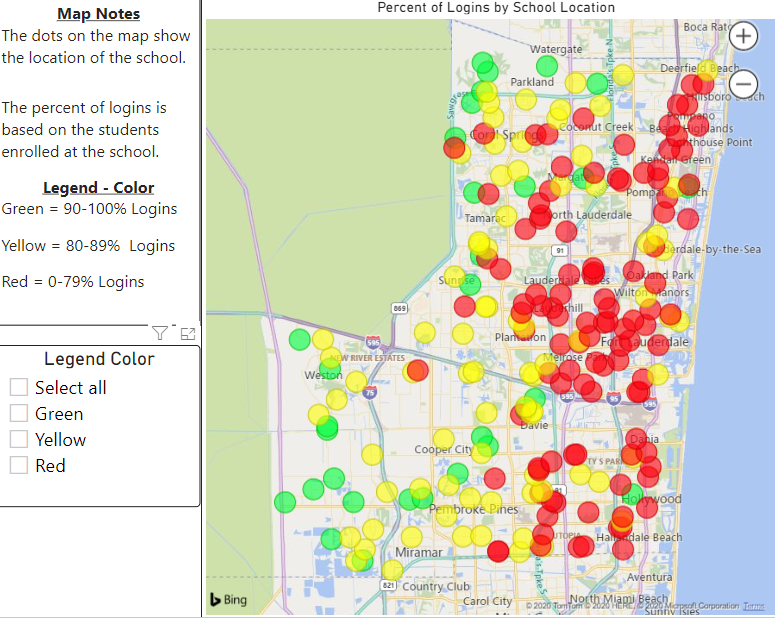
Broward County School BoardSchools in higher-income neighborhoods have consistently attained higher attendance numbers throughout the pandemic. In contrast, schools in lower-income neighborhoods have struggled to maintain at least 80 percent daily attendance.
Barbara Almaguer, an education specialist and owner of a tutoring center is concerned by the thought of educational disparity during a pandemic. She believes the past couple of months have widened the gap between the two groups.
“COVID-19 has created holes in the building blocks and foundations of children’s learning,” she explained. “It can ultimately affect the future of their education.”



